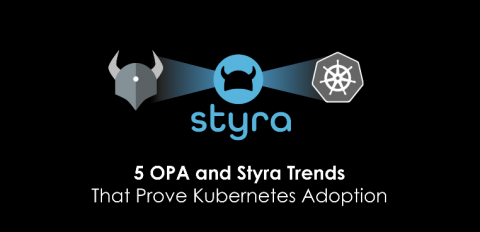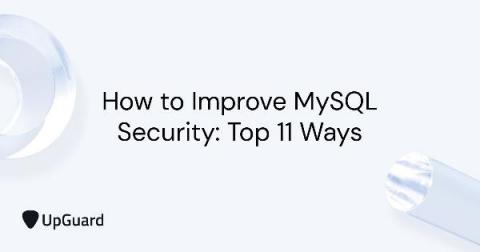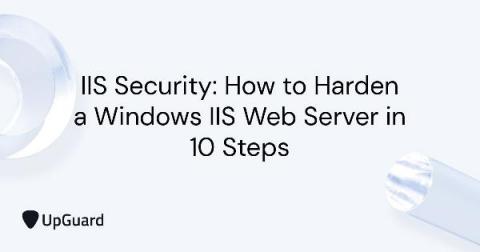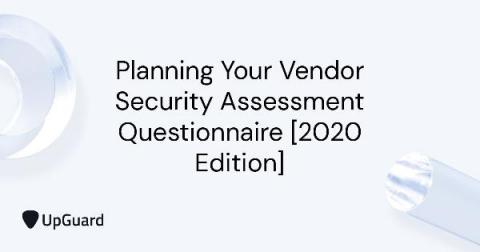Data Protection Vs. Cyber Security: Why You Need Both
In recent years, both large and small organizations have been affected by data breaches. Business owners, C-suite executives, and CIOs face the reality that they can be a target of security breaches at any time. These incidents can jeopardize your organization's credibility besides leading to financial and productivity losses.











